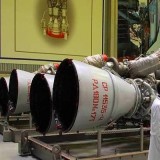After CDS Anil Chauhan’s Remarks, Congress Demands A Review of Defence Preparedness By An Independent Committee
Following recent remarks by Chief of Defence Staff (CDS) General Anil Chauhan regarding India’s military confrontation with Pakistan during Operation...




